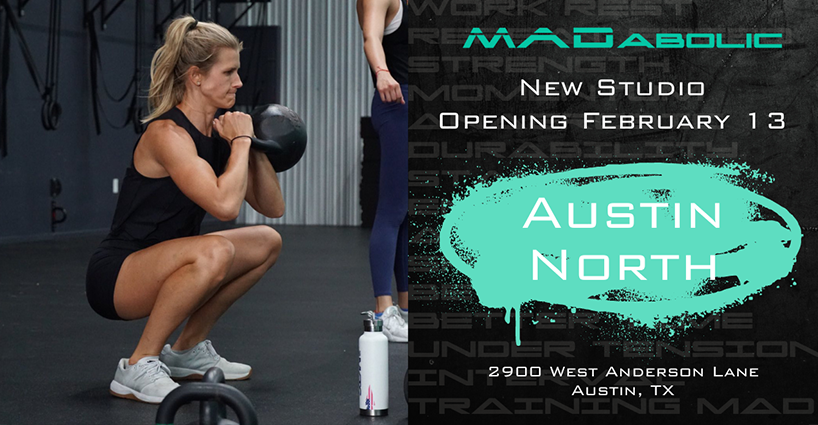In line with the constant stream of trends that bust in and out of the health industry, many are taken to the extreme. One troubling “extreme” in particular is the integration of technology into the validation of an individual’s performance and overall fitness.
Heart Rate Monitors
Various fitness products today have capitalized on the heart rate phenomenon. While a heart rate monitor may be useful in gathering a baseline assessment of one’s physical fitness, it’s not the be all end all product that dictates your progress in the gym. The point at which HR tech becomes problematic is when its user relies on it (and its associated statistics) to confirm whether or not they “got in a good workout.”
Here’s the rub: HR monitors – especially those distributed in a group fitness setting – can be inaccurate by up to a margin of 30-40%. A research team out of the University of Wisconsin found that, although commercialized HR monitors are fairly accurate in a resting state, the accuracy lessens with increased activity. All tested devices were off by 20-40 beats per minute when compared to an ECG reading. Read more about the study here.
Furthermore, gyms that utilize HR tech often “individualize” their clients’ HR data through one overly simplistic method or another (like subtracting age from a magic number). Many devices don’t even factor in the physical condition of its unique user. For example, we can safely assume that an active, 150-pound woman with 18% body fat more than likely has a different resting heart rate than that of a sedentary, 190-pound woman with 32% body fat. So does it make sense for these two individuals to chase the same generic fat- or calorie-burning HR zones? Probably not.
These compounding margins of error present a material flaw in a technology that misleads people towards the promise of achieving an “optimal” fat or calorie burn. Obsessing over these quantities can majorly detract from the quality of their training, making it all too easy to sacrifice form and well-performed movement patterns in the pursuit of torching “X” calories. Not in this house.
Step Trackers and Smart Watchers
Step trackers and smart watches have become more mainstream than the traditional HR monitor – probably because most of these devices have an integrated HR feature, so users feel they get the best of both worlds.
Just as we believe the HR monitor can be useful, step-tracking devices can serve a positive purpose in big picture assessments. It can provide focus and promote a habit of consistency for individuals getting into fitness or for those who have severely de- conditioned. For example, the sedentary individual looking to incorporate more movement into his/her daily routine might find a pedometer quite beneficial from the perspective of gauging how much (or how little) he/she initially moves, and leveraging that data to set goals.
However, there’s much more in play when it comes to weight loss, getting in shape, and meeting fitness goals. Oftentimes, Fitbit/smart watch users become so obsessed with the number on their wrist that they forget about all the other contributions, such as weight training or dialed-in nutrition. If a squat doesn’t technically count as a “step”, does that mean you should just avoid squats altogether? We hope the answer to that rhetorical question is obvious.
If you like to sporadically check in with your daily movement, then by all means, step on. Unless it has cultivated a mentally unhealthy obsession with tracking, we’re not asking you to throw away your smart watch, but we do encourage you to mind it less in relation to your training. So next time you’re running suicides during an anaerobic MADabolic beat down, take your eyes off your wrist and focus on a more explosive stride, or a quicker turn…you get the point.
The Human Element of Training
We’re not denying the fact that HR monitors and step trackers have their place in the fitness scene. They can undoubtedly be a great source of information when gathering baseline information. Our beef with these technologies is when they become the primary focal point of one’s training regimen and fitness journey, casting a shadow over the training itself.
At MADabolic, we assert that the impact of human interaction trumps any technological relationship – 100% of the time. No HR monitor or smart watch can improve the depth of your squat or increase the ballistic power behind your kettlebell swing.
Instead of prioritizing statistical outcomes in your workout, prioritize your quality of movement. Moreover, prioritize the caliber of coaching you receive to ensure that quality of movement. In addition to being personable, individual attention and technical excellence in a trainer is pivotal – don’t settle for anything less.



